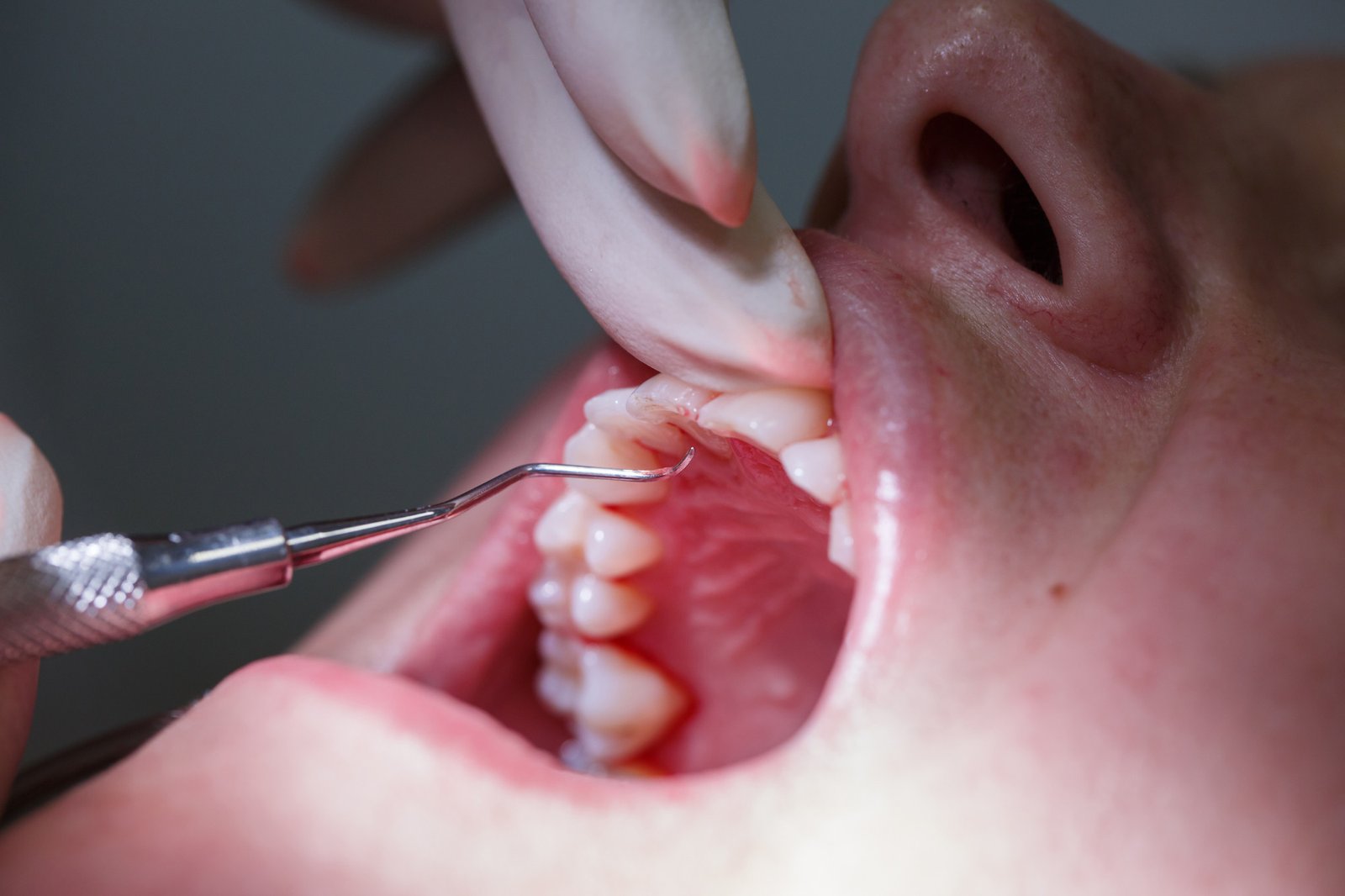Does the idea of gum disease scare you? If so, you’re not alone.
Gum disease is a serious issue, but you can take the necessary steps to avoid it. If you already suffer from gum disease complications, gum grafting might be the answer.
Don’t know what a gum graft is? Wondering about the cost of a gum graft? Confused about the whole process? If so, this guide is for you.
Keep reading!
Contents
1. Surgery
A gum graft is a type of oral surgery or gum treatment that helps to restore gum tissue to help improve the appearance of the teeth. This is usually performed on individuals who have experienced a loss of gum tissue.
When gum grafting, the healthy gum tissue is surgically removed from the roof of the mouth and grafted to the area that has lost gum tissue. This helps to provide better coverage for the teeth, reduce sensitivity and pain, and enhance the aesthetics of the smile.
2. Recovery and Opt-Post Care
Recovery and post-care for gum grafting are important to ensure the graft takes and to reduce the risk of infection. After surgery, the patient is advised to rest and keep the site clean, applying a cold compress to reduce swelling.
Pain medication and antibiotics are typically prescribed to help the healing process. The patient is instructed to practice good oral hygiene and should avoid eating hard or crunchy food. The patient is encouraged to use a warm salt-water swish and rinse to help control bacteria.
Once the graft has healed, instructions on proper brushing and flossing should be followed to ensure a healthy mouth.
3. It Takes a Few Weeks to Heal and Pay Off
Patients should be aware that it is normal to have some slight discomfort after the procedure, and that this will slowly diminish over time as the gums heal and adhere to the new tissue. Swelling and discoloration near the site of the graft are also possible in the days following the procedure.
Additionally, antibiotics and anti-inflammatory drugs may be prescribed to help with the healing process.
4. Cost
The cost of gum grafting depends on the severity of the affected area and the type of dental procedure used. Under the supervision of a periodontist, gum grafting can be completed with local or general anesthesia.
It can cost hundreds or even thousands of dollars, depending on the type of procedure involved.
5. Success Rate
The success rates of gum grafting vary depending on which technique is used and how deep the recession was to begin with, but it is generally successful at reducing further recession and restoring the gum line.
When done correctly, gum grafting can result in a 95-100% success rate. The risk of complications and failure increases if the procedure is done carelessly, so as a patient, it’s important to make sure you’re consulting a skilled and qualified specialist to perform the graft correctly.
Get Gum Grafting Now
Gum grafting can often be a successful solution for receding gums. Patients should approach any treatment with the right combination of education and willingness to develop the right habits to maintain the results of the procedure.
Contact a professional to discuss if gum grafting is the right choice for you!
Did you find this article helpful? Check out more of our blogs!



